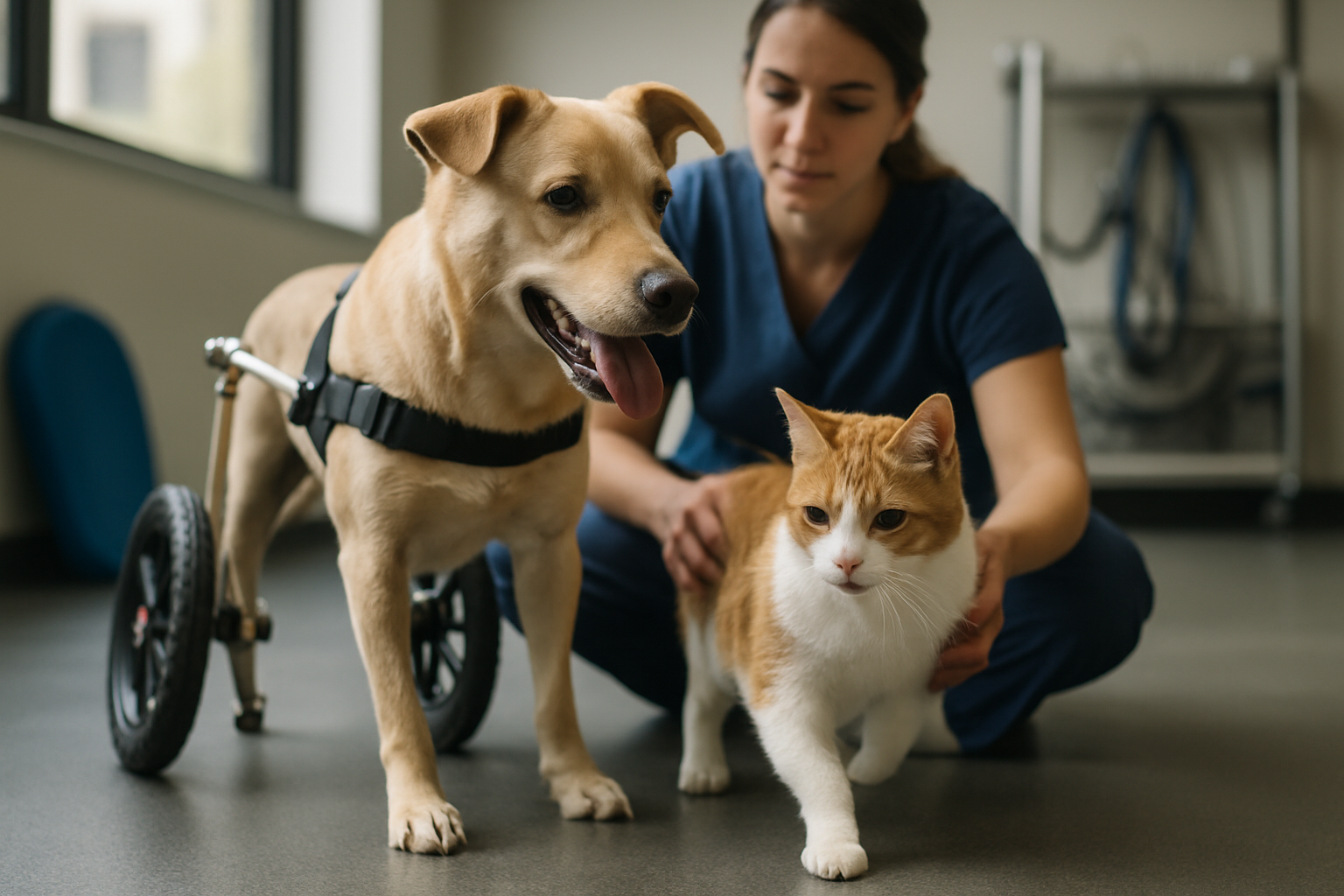Nutrition essentials: reading labels for balanced companion diets
Understanding pet food labels helps owners choose balanced diets for dogs, cats and other companions. Labels contain key information—ingredient lists, guaranteed analysis, feeding guidelines and life-stage claims—that affect nutrition, behavior and overall wellbeing. Learning to read these details supports better decisions alongside veterinary guidance.

This article is for informational purposes only and should not be considered medical advice. Please consult a qualified healthcare professional for personalized guidance and treatment.
How to read nutrition labels?
Reading a pet food label starts with the ingredient list and the guaranteed analysis. Ingredients are listed by weight before processing; primary protein sources should appear near the top. The guaranteed analysis shows crude protein, fat, fiber and moisture percentages, which help you compare formulations. Look for life-stage and AAFCO (or regional) statements that indicate whether the formula meets basic nutritional standards. Consider how grooming needs, activity level and any rehabilitation or medical conditions might affect nutrient requirements.
When should you consult a veterinary professional?
If your companion has allergies, unexpected weight changes, behavioral shifts around food, or requires rehabilitation after injury, consult a veterinary professional. Vets can interpret lab results, recommend therapeutic diets, and advise about supplements. They also factor in vaccination status, existing medications and interactions with diet. Telemedicine follow-ups and wearables that track activity can provide data to refine dietary plans without frequent clinic visits, but in-person exams remain important for complex cases.
How does diet affect behavior and training?
Nutrition influences energy, focus and mood, which in turn affect training and socialization. Diets with appropriate protein and fat levels support sustained energy for training sessions, while certain nutrient imbalances can cause lethargy or hyperactivity. Feeding schedules and portion control also reinforce training routines and reduce food-related behavioral problems. When adopting from a shelter or bringing home a rescued animal, gradual diet transitions can ease stress and support positive behavior during adjustment and socialization.
What role does enrichment play alongside nutrition?
Enrichment complements diet by promoting mental stimulation and slowing feeding for animals that eat too quickly. Puzzle feeders, scent games and varied textures encourage natural foraging behaviors and can reduce boredom-related behavior issues. Enrichment is particularly useful in shelters and rehabilitation settings to maintain cognitive function and reduce stress. Coordinate enrichment strategies with feeding plans so that treats or high-calorie puzzle rewards don’t inadvertently unbalance daily caloric goals.
How does exercise influence dietary needs?
Exercise level directly affects caloric and macronutrient needs. Active dogs and working breeds require more calories and often higher fat content, while less active or senior animals need controlled calories to prevent weight gain. Wearables that track activity can provide objective data to adjust feeding portions over time. Pair exercise recommendations with regular monitoring—weight checks, body condition scoring and occasional veterinary assessents—to ensure diet supports healthy muscle mass and recovery, especially during rehabilitation from injury.
How do vaccination, adoption and microchipping fit into feeding plans?
Vaccination and microchipping are part of overall preventive care and do not directly change diet, but the broader context of adoption often does. Newly adopted animals from shelters may arrive on unfamiliar diets; a gradual transition reduces digestive upset. For animals undergoing rehabilitation, dietary adjustments may be needed to support healing or manage concurrent conditions. Keep records of shelter histories, vaccination status and any medications when discussing diet with a veterinarian to ensure nutritional choices align with medical and socialization needs.
Conclusion Reading pet food labels gives owners a clearer view of what they feed their companions and how those choices affect nutrition, behavior, grooming and long-term wellbeing. Combine label literacy with veterinary advice, attention to exercise and enrichment, and knowledge from adoption or shelter histories to create balanced, individualized feeding plans. Regular monitoring and adjustments—using tools like wearables or telemedicine when appropriate—help maintain health throughout a pet’s life.





